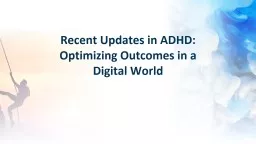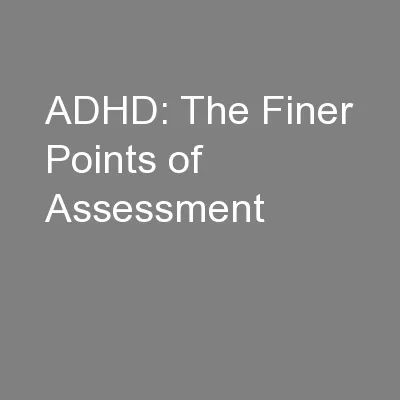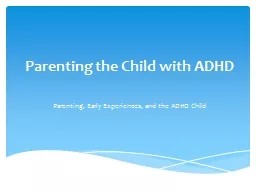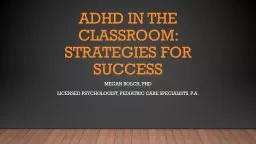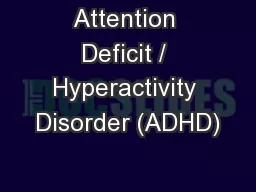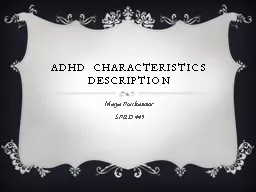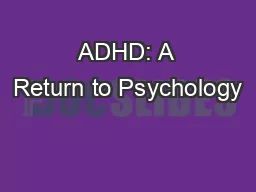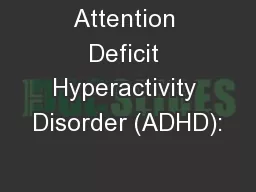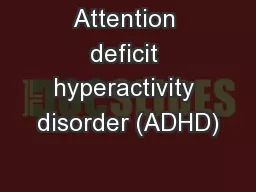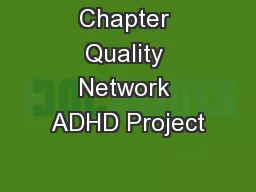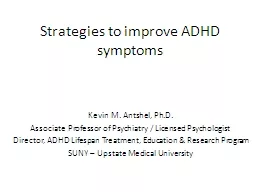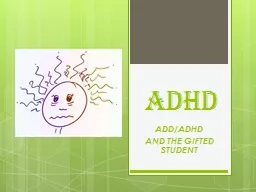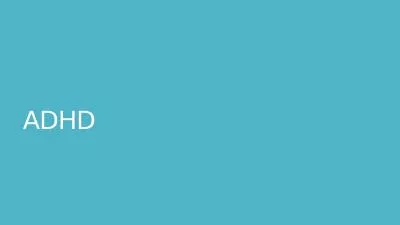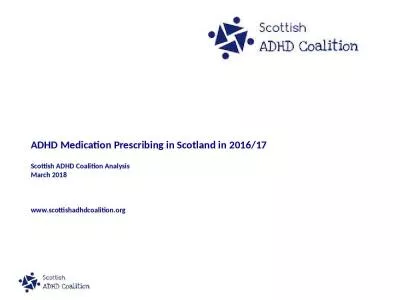PPT-Recent Updates in ADHD:
Author : WickedlyCool | Published Date : 2022-07-28
Optimizing Outcomes in a Digital World Please feel free to use update and share some or all of these slides in your noncommercial presentations to colleagues or
Presentation Embed Code
Download Presentation
Download Presentation The PPT/PDF document "Recent Updates in ADHD:" is the property of its rightful owner. Permission is granted to download and print the materials on this website for personal, non-commercial use only, and to display it on your personal computer provided you do not modify the materials and that you retain all copyright notices contained in the materials. By downloading content from our website, you accept the terms of this agreement.
Recent Updates in ADHD:: Transcript
Download Rules Of Document
"Recent Updates in ADHD:"The content belongs to its owner. You may download and print it for personal use, without modification, and keep all copyright notices. By downloading, you agree to these terms.
Related Documents

